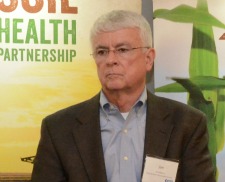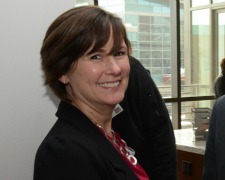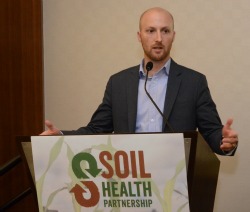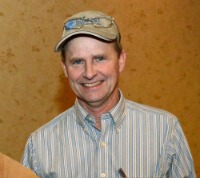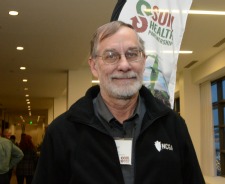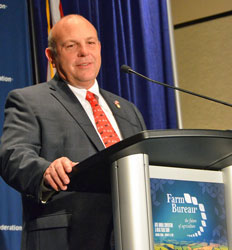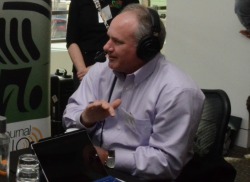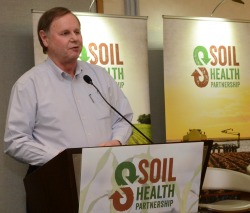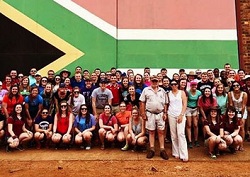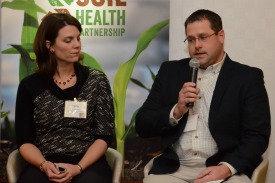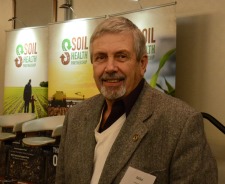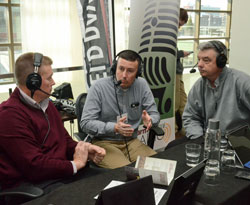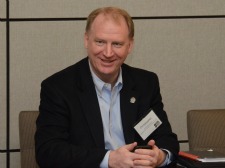 The Soil Health Partnership was initiated by the National Corn Growers Association (NCGA) and announced at the Commodity Classic just two years ago.
The Soil Health Partnership was initiated by the National Corn Growers Association (NCGA) and announced at the Commodity Classic just two years ago.
During the Soil Health Summit in Indianapolis last week, NCGA CEO Chris Novak gave us an update on the progress of the Partnership and the impact that it has had within the industry so far.
“It’s exciting to see the number of farmers who are hearing about the Soil Health Partnership (SHP) and are coming to us saying I’d like to be a part of this,” Novak said. “Farmers realize the importance of soil quality, they recognize what soil crops can mean on their farms. They’re interested in joining into a program that’s going to help them learn and understand better the environmental benefit of cover crops.”
Novak said the primary purpose of the SHP is to find farmers willing to work with the program to collect environmental data on their farm regarding soil characteristics as well as environmental benefits.
“We need to understand how cover crops effect and improve water quality, how do they change the health and quality of the soil. We need to understand the economic benefits of the cover crops,” he explained. The interest has been higher than expected; they originally planned to enroll 100 farmers within five years and are well on their way.
The Soil Health Partnership hopes to demonstrate that there may be an economic return from using cover crops through their on farm research over the next few years. In demonstrating economic value, they may be able to incentivize growers to begin adopting this as a process.
Novak mentioned another unique factor of the Soil Health Partnership. “We have seed companies, we have NRCS, but we also have the Environmental Defense Fund and the Nature Conservancy s partners. Any time you can bring government, academic science, industry, environmental organizations, and farmers together, the power within this partnership is absolutely tremendous.” he explained.
Learn more in this interview: Interview with Chris Novak, NCGA

